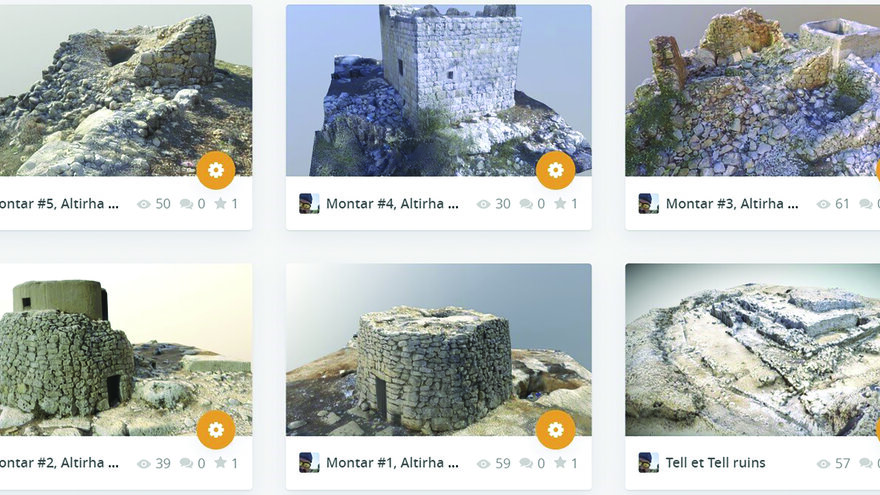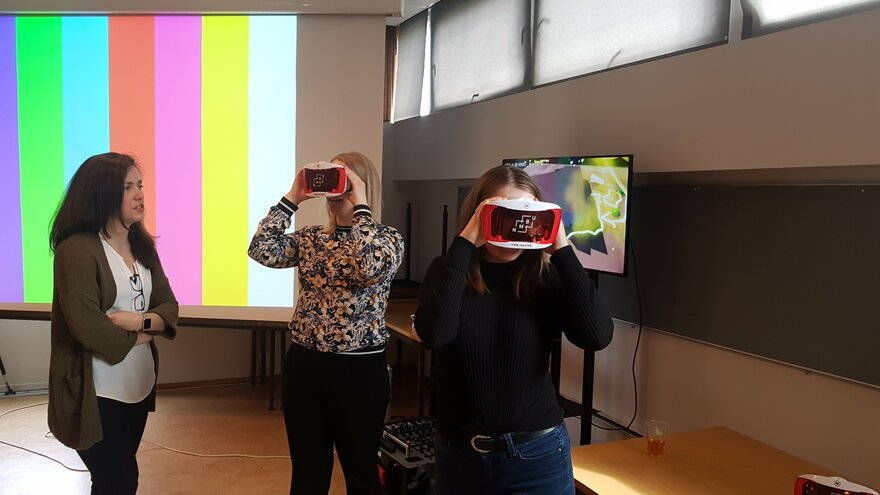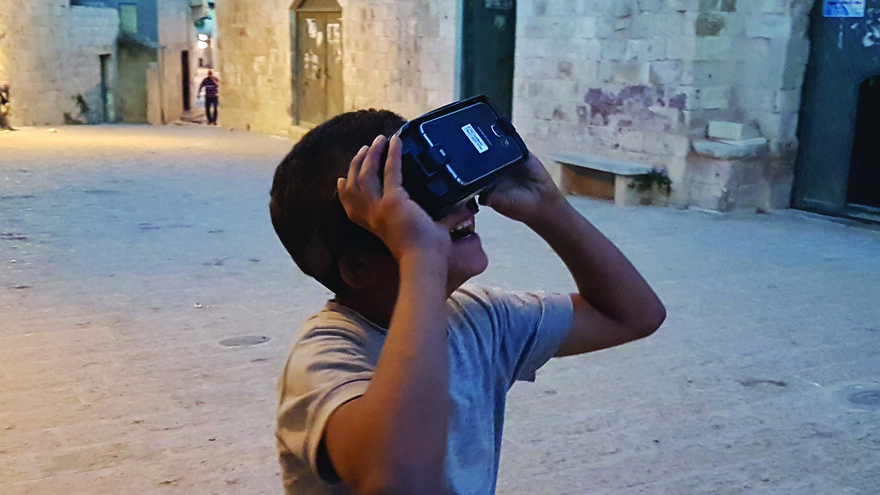In the new book published by Routledge, two members of the VR-Lab research group explore the aesthetic potential of VR in architecture and landscapes. In their chapters, they discuss how VR can help us to better understand the relationship between architecture and human perception.
We are happy to announce the publication of two chapters authored by members of the VR-Lab research group in the book “VIRTUAL AESTHETICS IN ARCHITECTURE, Designing in Mixed Realities”, published by Routledge [Link to book]. This book showcases a curated selection of projects contributed by leading international architects and designers who are using virtual reality technologies in their design process. It serves as a catalyst for discussions on exploring the aesthetic potential and establishing its language as an expressive medium in architectural design.

In the first contribution is an article titled “VR AS A TOOL FOR PRESERVING ARCHITECTURAL HERITAGE IN CONFLICT ZONES”, authored by Ramzi Hassan. The article explores the critical role that virtual reality (VR) and Information Communication Technologies (ICT) play in documenting and preserving heritage sites in conflict zones. Hassan argues that conventional methods of documenting cultural heritage sites often fall short in conveying their complexity and significance. This chapter outlines the innovative efforts and research activities undertaken at NMBU to create a digital library based on VR technology. This library immortalizes historical sites and landscapes in three-dimensional, VR-compatible models, making them accessible to the public. The digital library not only aids in preservation but also serves as a medium for documentation, interpretation, and intervention. It promises to enhance research, education, and tourism while raising awareness of the cultural heritage's paramount importance.

The second contribution is an article authored by Ana Moural and Ramzi Hassan that explores the potential of virtual reality in landscape architecture. Titled “VIRTUAL REALITY IN LANDSCAPE DESIGN. Findings From Experimental Participatory Set-Ups”, this chapter critically examines the user-experience and identifies potential barriers to the adoption of VR-in-landscape architecture. Despite the rapid progress in VR technology, it remains relatively new in the consumer market, leaving practitioners without sufficient guidance on its optimal use. However, the authors argue that landscape architects should take an active role in exploring this new tool. The chapter presents findings from participatory workshops, aiming to enhance our understanding of how to effectively communicate, design, and implement VR in collaborative design processes.
